At the crossroads of images and words: Shaping new history of Armenian comics
7 minute read

When discussing Armenian literature, comics are rarely mentioned as a full-fledged genre. However, a group of enthusiasts, driven by their love for this illustrated form of storytelling, has decided to change the game.
The ReaComics publishing house, operating within the framework of the ReAnimania festival, is not only inspired by global experience but also pursues a bold goal: to cultivate a comics culture and audience in Armenia and beyond.
Cartoonist and co-founder of the ReaComics initiative, Vrej Kassouny, said that visual thinking is not new to Armenian culture.
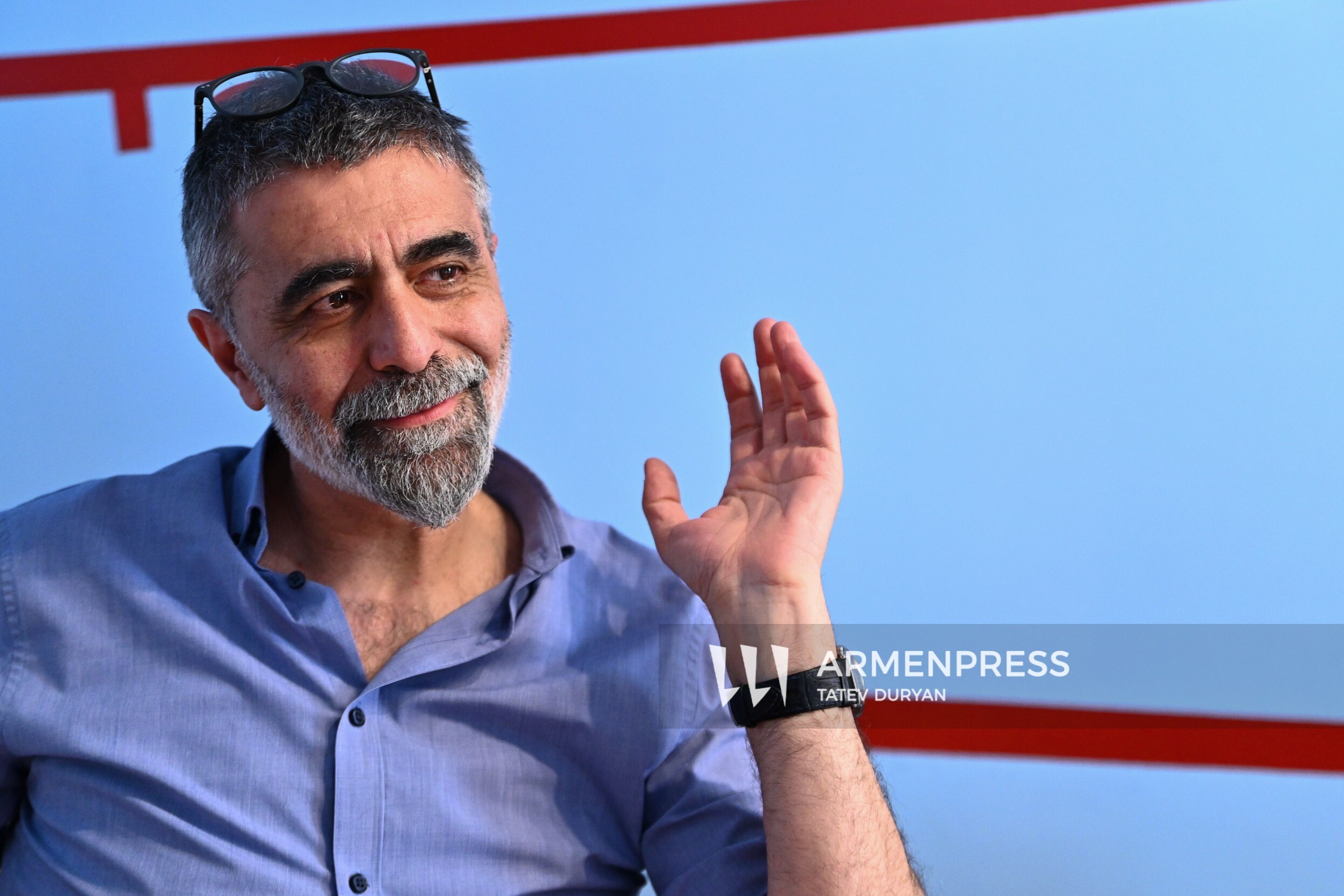
“Illustration has always played a significant role in Armenia, and miniature painting is one of its most vivid manifestations. The Gospel, as a form of visual thinking, already gives us grounds to consider this genre part of our cultural heritage,” he noted.
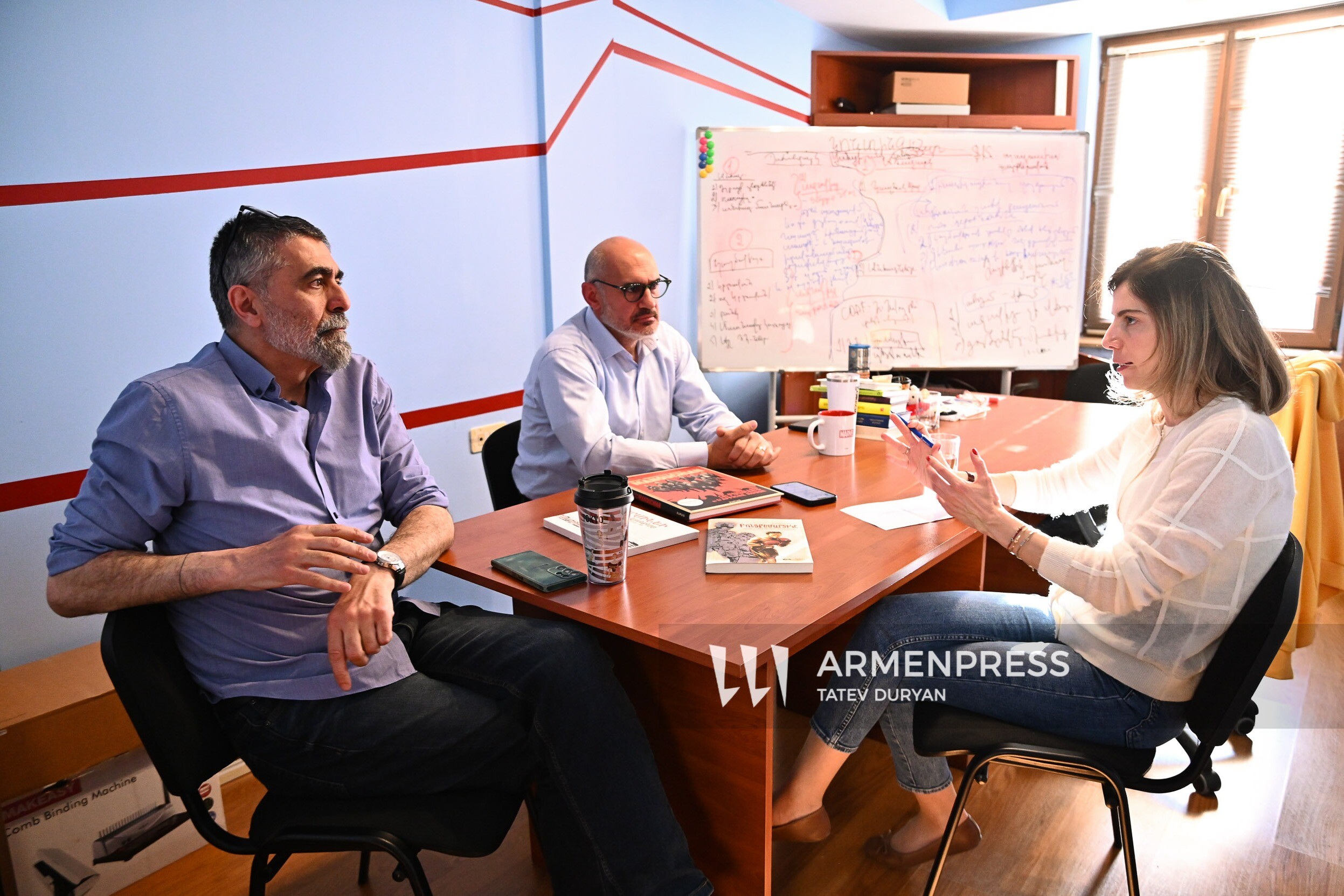
However, as Kassouny noted, throughout history, comics have often been confined to church-academic circles:
“The art of illustration remained within the sanctity of the Gospel and was not made public. And during the Soviet era, although comics were popular, they primarily served as tools of propaganda,” he said in an interview with Armenpress.
Peto Demirchyan, head of the ReaComics publishing house, emphasized that comics are not children’s entertainment but a literary genre. “I have always looked for ways to make sure we have our own comics. It is a literary genre, despite the misconception that it is only for kids. This genre has not developed much in either the Diaspora or Armenia.”
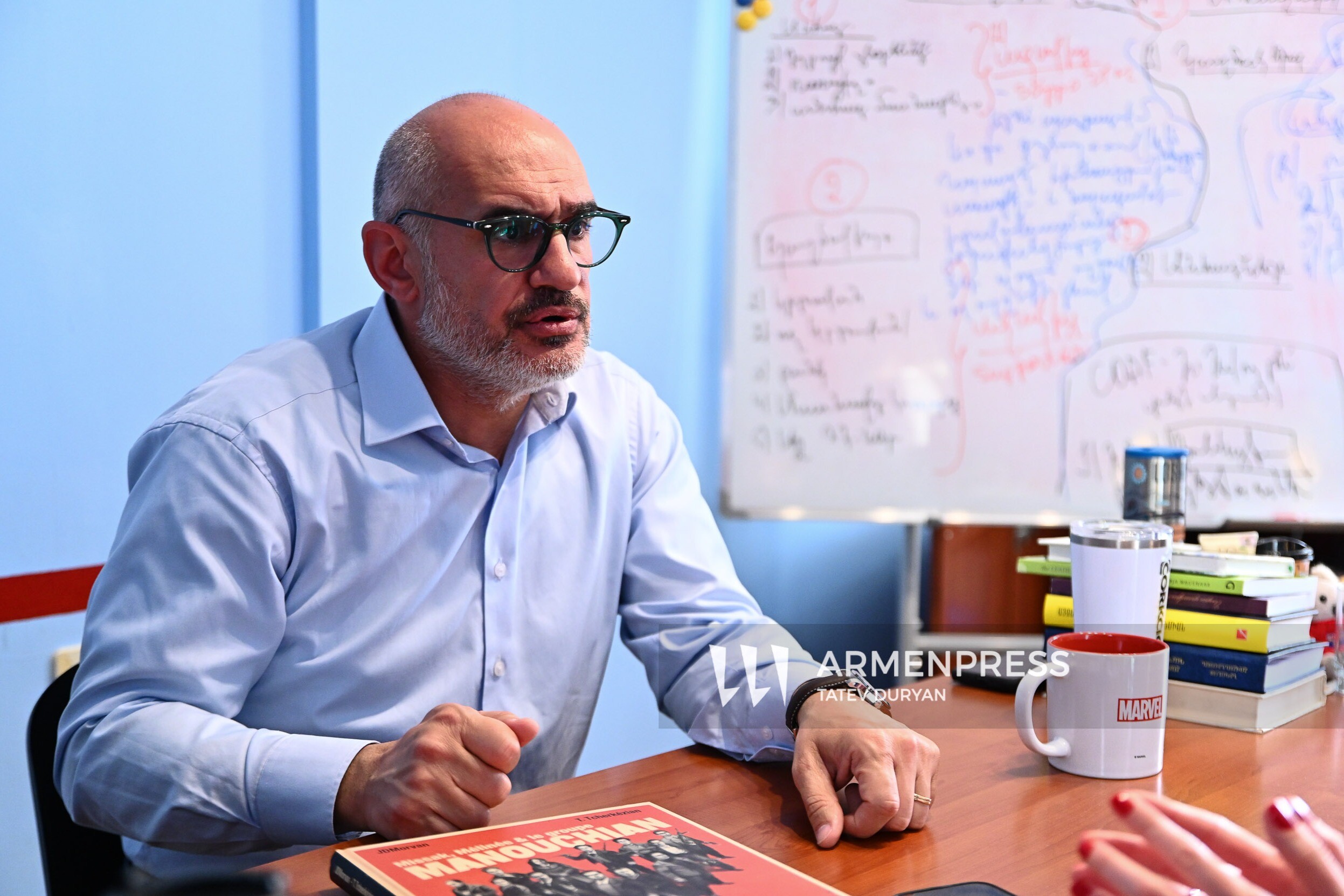
According to him, classic works like Tintin, Lucky Luke, or more serious documentary comics such as the one about Missak Manouchian can serve as bridges between generations and cultures.
“We launched a national competition for illustration projects and not only awarded prize money to the winners but also pledged to support the publication of their work. This has come at our own financial expense, because we believe the most important thing is to give Armenian authors an opportunity,” said Kassouny.
In addition to competitions, ReaComics also aims to translate international bestsellers. “Our goal is to make works that were previously available only in foreign languages accessible to children and teenagers in Armenian,” said Demirchyan.
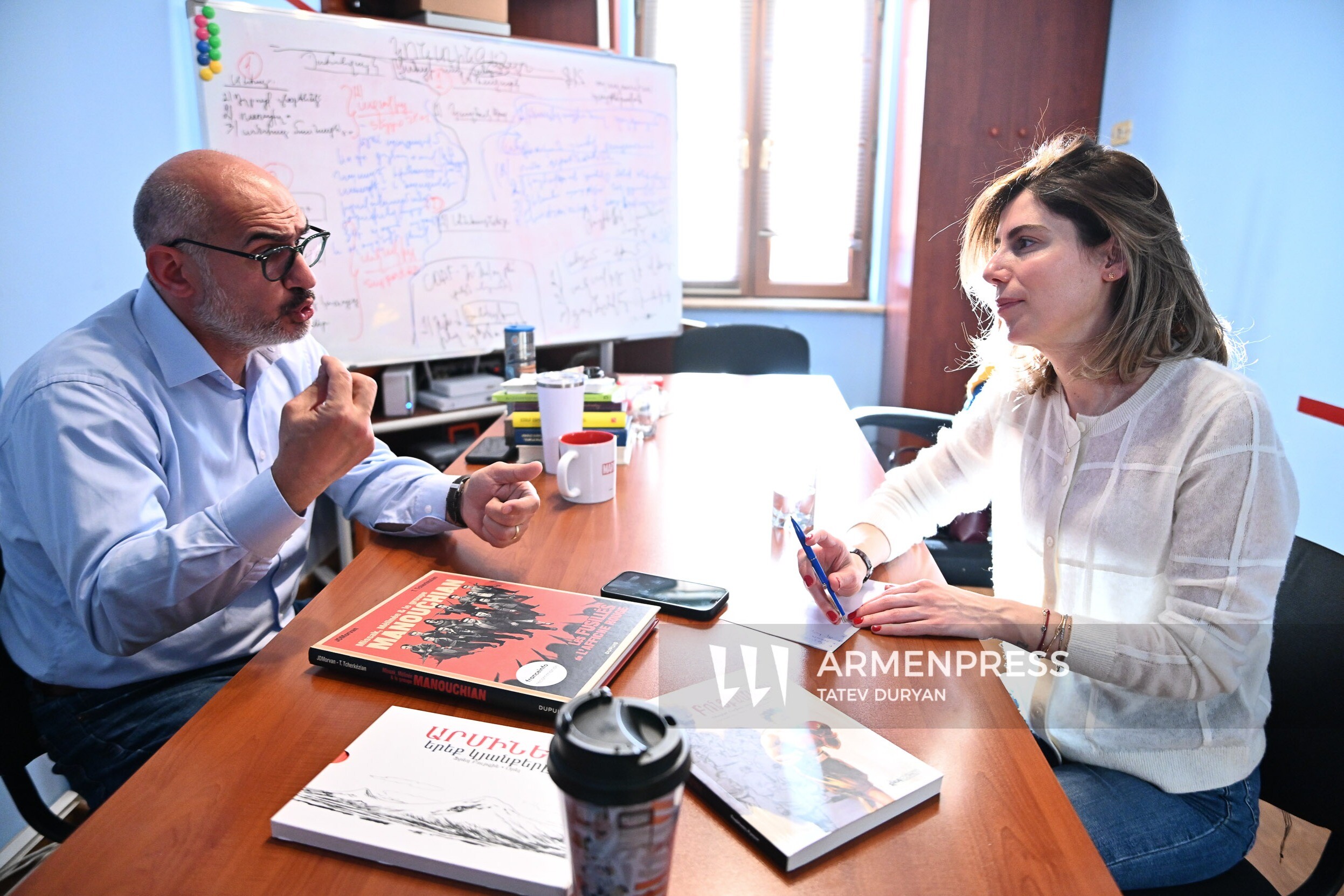
Among their projects, Reinhard Kleist’s The Boxer has already been translated, and a book about Missak Manouchian will soon be available in Armenian bookstores.
The initiative to translate the book about Missak Manouchian, written by Jean David-Morvan and Thomas Tcherkezian, into Armenian began with “a single tweet.” Demirchyan saw a post about the French edition of the book on the author’s page and quickly reached out, proposing a translation into Armenian. The author agreed, and through negotiations with the Belgian publishing house Dupuis, the project came to life.
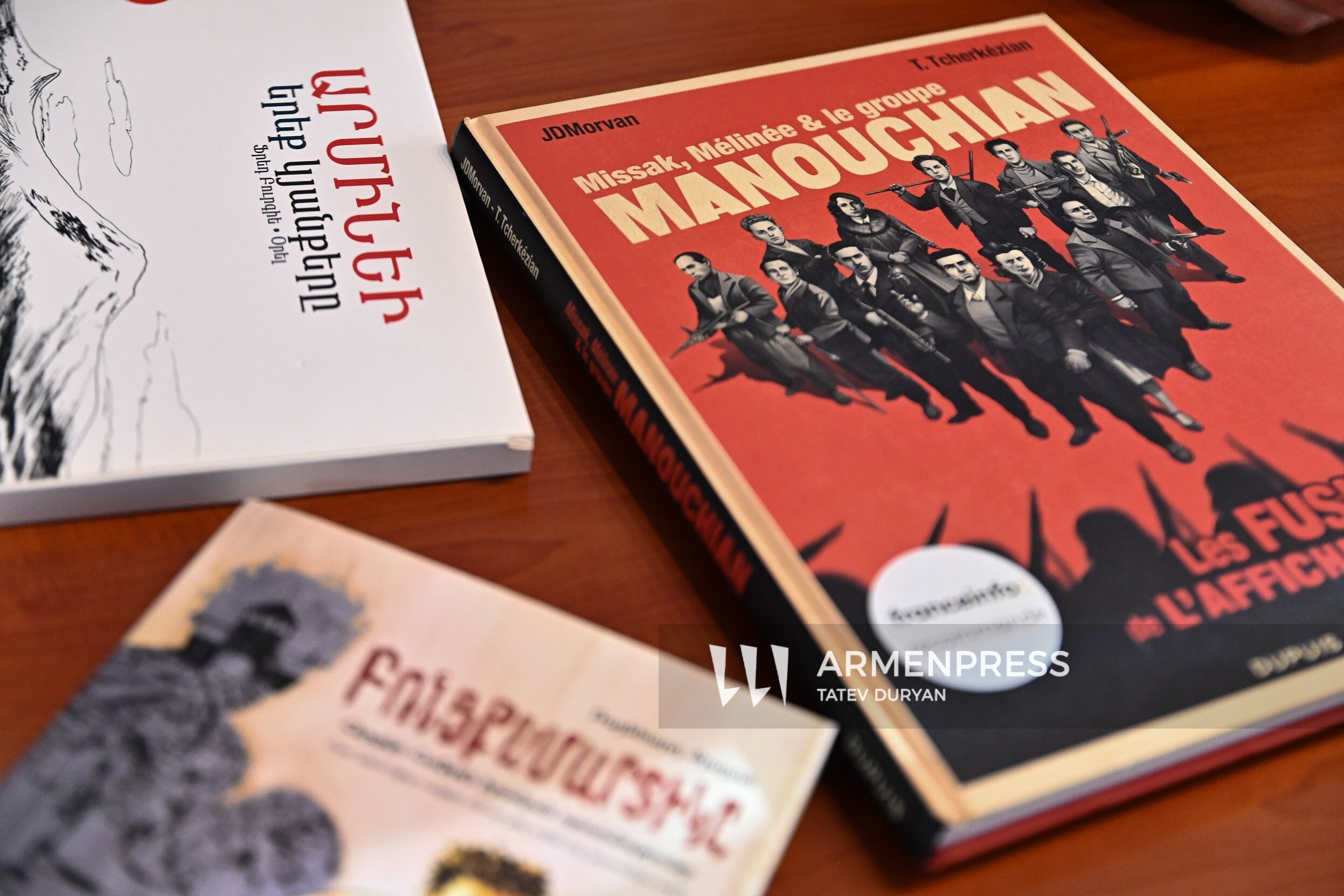
ReaComics has international ambitions and a pan-Armenian mission. One of Vrej and Peto’s biggest dreams is to present Armenian comics to an international audience, particularly at the Angoulême Festival.
“We don’t just want to participate. In five years, we want to showcase works of real quality there, works that are not only read but also awarded,” said Kassouny.
They also envision a pan-Armenian mission to connect Diaspora institutions with initiatives in Armenia. “It would be great if we translated some books into Western Armenian and made them available in pan-Diaspora bookstores,” Peto added.
The biggest obstacle for the ReaComics initiative remains financial. However, as Vrej Kassouny and Peto Demirchyan emphasize, a high-quality product naturally attracts support—especially from partners who value educational initiatives.
“If we continue to produce good quality work, we’re confident that financial challenges will also be resolved,” Peto assured.
“People often say there’s little text and too many images. But it’s precisely through those images that imagination is sparked. It’s readable cinema,” Kassouny added.
The development of visual storytelling is not limited to Armenia. Some efforts have also been made in the Diaspora, particularly by the Aras publishing house in Istanbul.
Although most of the comics they published focus on the Armenian Genocide and are translations from French, these works have made the subject more accessible to Armenian readers.
Since 2015, Aras has published four adult comic books commemorating the 100th anniversary of the Armenian Genocide. The publishing house has also translated a number of children’s comics, helping to fill a gap in the market.
Other Diaspora initiatives, particularly in France, have also translated children’s comics.
However, as the founders of ReaComics note, this is still not enough to create the social and cultural movement that Armenia’s visual arts field needs.
Peto is confident that comics can help develop reading and expression skills in young children.
